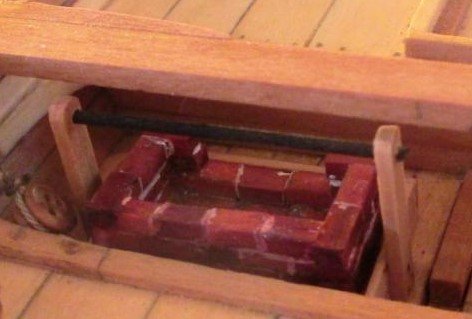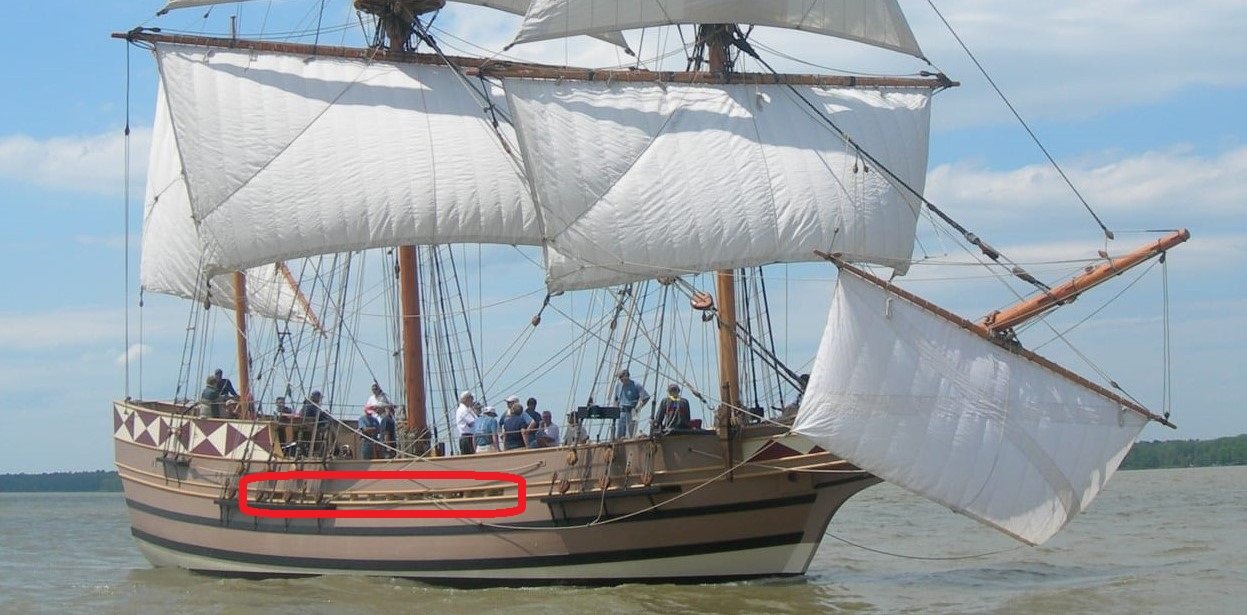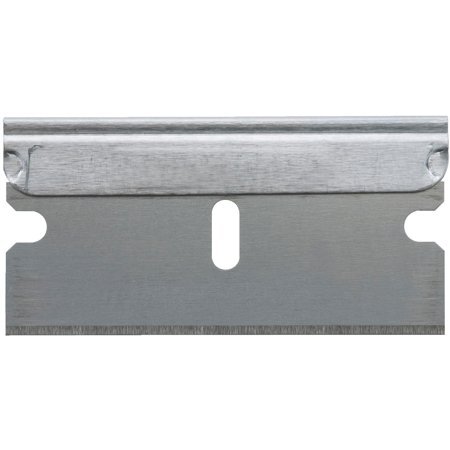-
Posts
1,876 -
Joined
-
Last visited
Content Type
Profiles
Forums
Gallery
Events
Everything posted by Chuck Seiler
-
Byrnes. He is a sponsor here and a great guy as well.
-

Stoves/Ovens on ships in the 1600s and Onward
Chuck Seiler replied to acaron41120's topic in Nautical/Naval History
-
I have always found it handy to have a scale person (about 5 foot tall for that period) to act as a size gauge.
-
A friend of mine who specializes in miniatures turned me on to the use of cigarette paper. It is thin, but strong. When the San Diego Maritime Museum had us recreate the Battle of Trafalgar, I used this to make all flags for both fleets (including "England expects..."). Happy Trafalgar Day by the way. The downside is that you are limited in size.
- 197 replies
-
- santa maria
- carrack
-
(and 1 more)
Tagged with:
-
Ken, Stopping by after a long hiatus. This is really looking great!!! As I approach retirement, I plan to dust off my PROVIDENCE and get back to work on it. I will DEFINITELY be looking at your build log from time to time as a reference,
- 238 replies
-
- sloop
- providence
-
(and 1 more)
Tagged with:
-
The angle of the sternpost makes for an interesting arc on the tiller.
- 179 replies
-
- longship
- Helga Holm
-
(and 1 more)
Tagged with:
-
Alas, the fate of many replicas and reproductions. People are willing and energized to fund and build the shiny new ship, but maintaining it is boring and people lose interest.
- 179 replies
-
- longship
- Helga Holm
-
(and 1 more)
Tagged with:
-

Historical Fantasy. Oh, and Heresy.
Chuck Seiler replied to Gazzarian's topic in Nautical/Naval History
-

Historical Fantasy. Oh, and Heresy.
Chuck Seiler replied to Gazzarian's topic in Nautical/Naval History
That's what scuppers are for. -

Nau Portugal with 48 cannons
Chuck Seiler replied to Daniel Filipe's topic in Nautical/Naval History
Ooops! -
Substantially thicker? maybe so. I only look at my double edge once a week when I change them out...and I am usually half asleep. I just know the single edge that I posted works great and I keep my fingers. ...and some day I will get back to work on CardyDog.
- 175 replies
-
- hanse kogge
- shipyard
-
(and 1 more)
Tagged with:
-
Clare, Here is what I was talking about. At first I was using a scalpel but it just wasn't cutting the mustard (so to speak). I got 5 pack of these and they work great. They ARE thicker than a normal double edged blade (which I use), but not overly so.
- 175 replies
-
- hanse kogge
- shipyard
-
(and 1 more)
Tagged with:
About us
Modelshipworld - Advancing Ship Modeling through Research
SSL Secured
Your security is important for us so this Website is SSL-Secured
NRG Mailing Address
Nautical Research Guild
237 South Lincoln Street
Westmont IL, 60559-1917
Model Ship World ® and the MSW logo are Registered Trademarks, and belong to the Nautical Research Guild (United States Patent and Trademark Office: No. 6,929,264 & No. 6,929,274, registered Dec. 20, 2022)
Helpful Links
About the NRG
If you enjoy building ship models that are historically accurate as well as beautiful, then The Nautical Research Guild (NRG) is just right for you.
The Guild is a non-profit educational organization whose mission is to “Advance Ship Modeling Through Research”. We provide support to our members in their efforts to raise the quality of their model ships.
The Nautical Research Guild has published our world-renowned quarterly magazine, The Nautical Research Journal, since 1955. The pages of the Journal are full of articles by accomplished ship modelers who show you how they create those exquisite details on their models, and by maritime historians who show you the correct details to build. The Journal is available in both print and digital editions. Go to the NRG web site (www.thenrg.org) to download a complimentary digital copy of the Journal. The NRG also publishes plan sets, books and compilations of back issues of the Journal and the former Ships in Scale and Model Ship Builder magazines.





